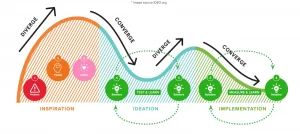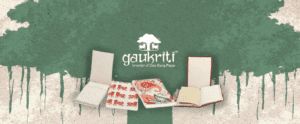
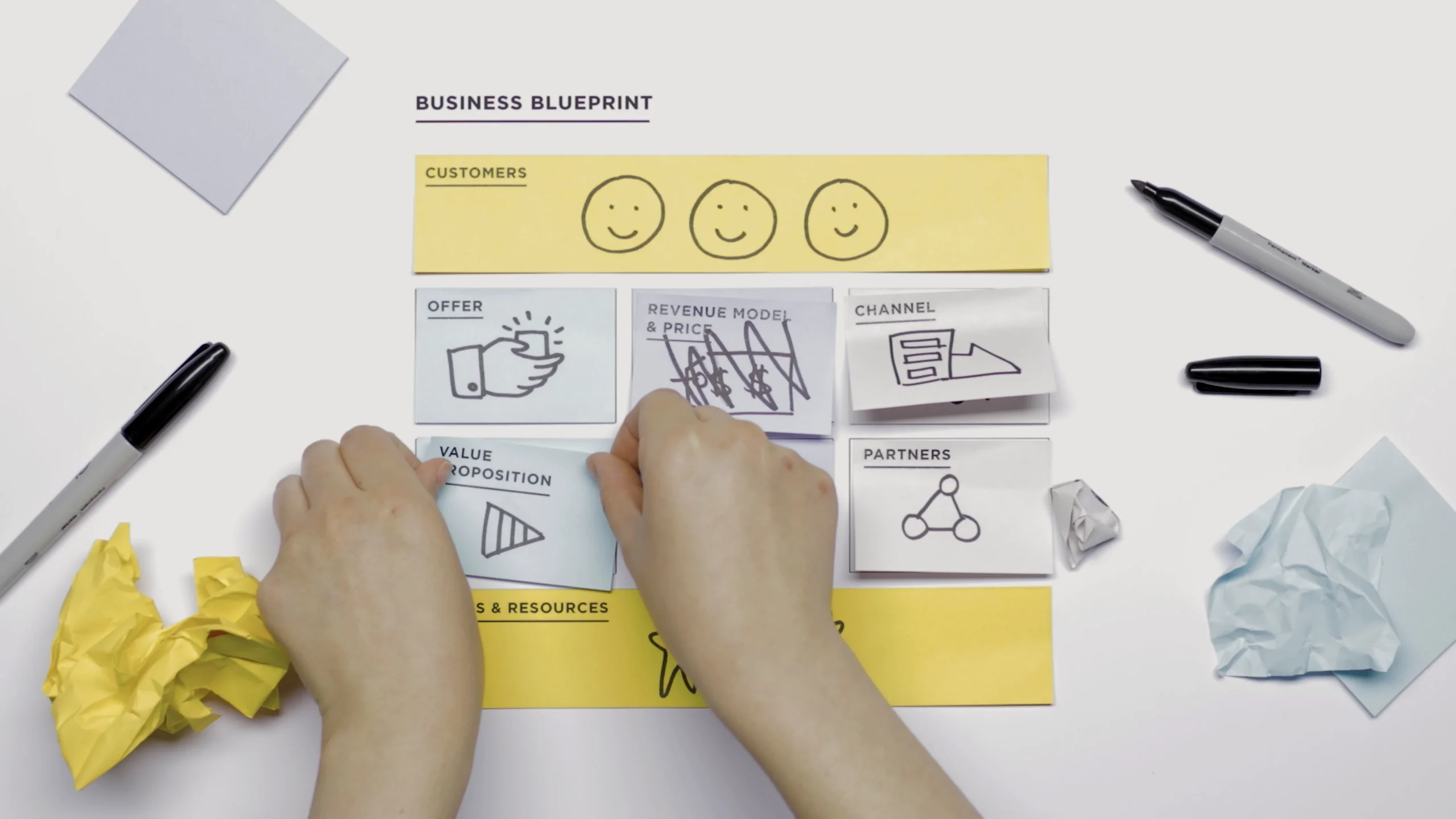
Contents
In short, business design is the design of business.
It incorporates design thinking and similar approaches that put the customer at the center of the design process, but business design goes further by focusing on profitable business models. Business designers ensure that great business ideas can make your organization money and contribute to its growth over time.
Business design is a relatively new discipline that lives in the intersection between business and design. It was developed to complement the growing relevance of design methodologies in the business world. Following the widespread adoption of customer-centricity in the design of products and services over the past decade, many innovation teams found themselves struggling to demonstrate return on innovation. They failed to commercialize their designs in a way that would contribute to the growth of the organization over time. The problem was that though they confirmed people wanted the solutions they designed, many innovators failed to ensure users would pay for them. Business design approaches overcome this problem by bridging the customer desirability and business-model viability phases.
Companies leveraging design became increasingly aware that desirability is not enough. If something is desirable it doesn’t necessarily mean that it is good for business. For eg. we would all want more legroom in an economy class (while paying the same price as today) but that is not viable from a business perspective. More legroom means fewer passengers. Fewer passengers mean that you need to raise the price per passenger. Since then, business design has taken on a larger role. It is no longer just a complementary discipline. It knows how to take the lead too. For example, if a company is looking for a new business strategy, business design can use customer-centric design methodologies to create prototypes of this new strategy and test it.
Thus, business design is employed to solve key business challenges. It does so by generating many new solutions to known problems and then designing ecosystems that deliver and capture value for both your organization and its customers. Design, as practiced in design agencies, is inherently customer-centric and focuses on the desirability aspect of products and services. The initial boom (and success) of design methods used in business was fueled by this unique perspective.
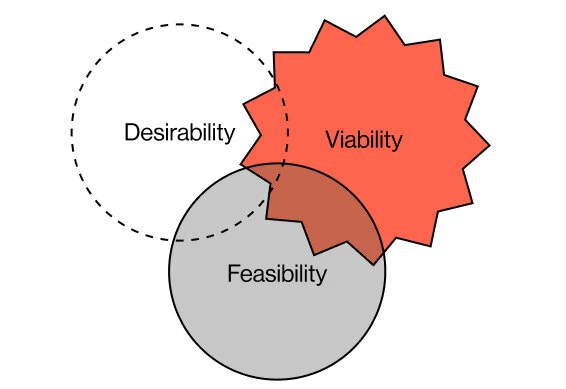
Business design is an activity that uses:
- (1) design methodologies,
- (2) design mindset
- (3) business tools to solve,
- (4) business challenges.
Stages of Business Design
Business design process may vary by organization, person and project. However, it often includes nonlinear stages that may repeat or occur in different orders. These steps may include:
- Empathize and explore: Business designers understand current circumstances for customers and stakeholders. They evaluate the challenges these groups face, alternatives they have and what they’re willing to pay. This stage often involves gathering qualitative data from customers and completing competitor and industry research.
- Define: Business designers process the information they gather in the previous stage to define the exact challenge the organization has. They frame specific questions to guide the rest of the process.
- Ideate: During the ideate stage, business designers begin to develop potential solutions for the challenge. This includes brainstorming different ideas and organizing them based on opportunities and priorities. This stage often ends with selecting the idea with the most promise to focus on.
- Prototype: Business designers begin to develop the solution. Potential prototypes include business models, processes, strategies, organizational charts, pricing strategies and metrics frameworks.
- Test: The test stage is the final step in the business design process. This includes creating hypotheses and benchmarks and conducting experiments to test how successful the prototype is.
Importance of Business Design
Here are some reasons why implementing business design is essential:
- To elevate consumer expectations
- To tailor consumer experiences aligning with their unique needs and expectations
- Digitalization and the proliferation of touchpoints
- To maintain consistency and quality of customer experience at each online touchpoint
- To help navigate complex user journeys
- To ensure a frictionless journey across increasingly non-linear customer journeys
- To help a business stay ahead in a competitive landscape
- To provide a roadmap for differentiation
Benefits of Business Design
Implementing business design can provide several benefits for organizations, including:
- Improved Customer Experience: By putting the customer at the center of the design process, businesses can create products and services that better meet their needs and preferences.
- Increased Innovation: Business design encourages experimentation and iteration, leading to more innovative solutions and business models.
- Enhanced Competitiveness: A well-designed business model can differentiate a company from its competitors and create a sustainable competitive advantage.
- Greater Efficiency: Streamlining processes and optimizing resources through business design can improve operational efficiency and reduce costs.
- Improved Financial Performance: By creating value for customers and capturing value for the business, effective business design can drive revenue growth and profitability.
Types of Business Design
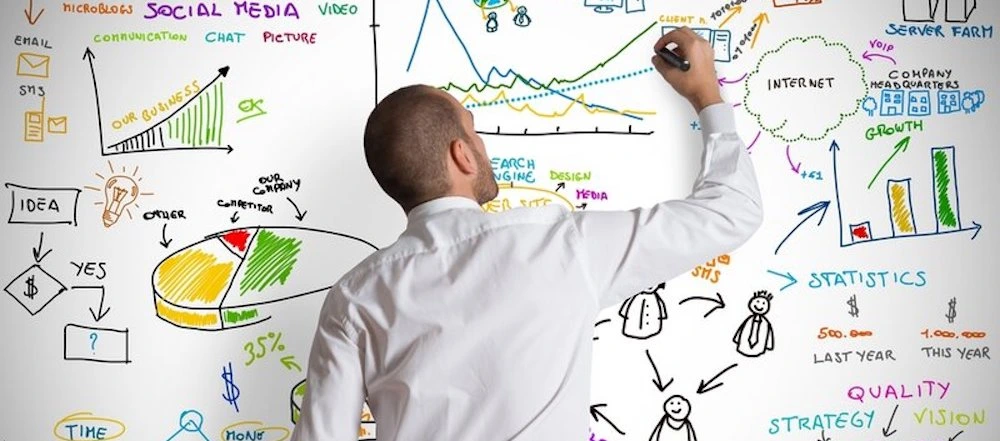
There are several types of business design, including:
- Product Design: Designing physical or digital products that meet customer needs and generate revenue for the business.
- Service Design: Creating and improving the end-to-end experience of a service, from customer interactions to back-end processes.
- Business Model Design: Developing and testing new business models that create, deliver, and capture value for the organization.
- Brand Design: Crafting a unique brand identity and experience that resonates with customers and differentiates the business from competitors.
- Experience Design: Designing the overall customer journey and touchpoints across various channels and interactions.
Examples of Business Design
- Airbnb: Airbnb used business design to create a platform that connects travelers with local hosts, disrupting the traditional hotel industry.
- Netflix: Netflix transformed from a DVD rental service to a streaming platform and content producer, adapting its business model to changing customer preferences.
- Uber: Uber designed a business model that leverages technology to connect riders with drivers, creating a more efficient and convenient transportation experience.
- Apple: Apple’s business design focuses on creating innovative products, a seamless ecosystem, and a strong brand identity that commands premium prices.
- Spotify: Spotify’s business model combines free, ad-supported streaming with a premium subscription service, using data analytics to personalize the user experience.
The role of a Business Designer
The role of a business designer is to apply customer-centric design methods and tools to prototyping, developing, and validating new business models. Business designers work by extending the customer-centric nature of design thinking to the business viability phase of the innovation process. They apply design research methods such as ethnography (studying people and their environments) and using abductive reasoning (by drawing key insights from observations).
Business designers are often part of cross-functional teams consisting of a mix of people from R&D, sales, marketing, technology, and HR – to name a few. Diverse perspectives in teams result in better ideas, critical thinking, and disruptive outcomes thanks to the different lenses through which the team views the solutions. This is especially important in business-model value exchanges where you need to consider a variety of different perspectives and needs.
The role of the business designer is to ensure that customer centricity stays at the heart of a new innovation project moving forward. This is done by preventing the ‘business as usual’ mindset from hijacking the transition from human needs to expected business goals. Business designers think about how every element of the business model affects the consumer and client experience. They have permission to think in new ways, go in with optimism, focus on people, and come back and apply an analytical lens to things we think are exciting and compelling for people. A business designer’s job is not just to be the viable lens of things, but to figure out how to translate human needs into business goals. It offers a way to experiment with meeting both the needs of the business and the value they want to bring into people’s lives.
How can Business Design relate to Social Entrepreneurship?
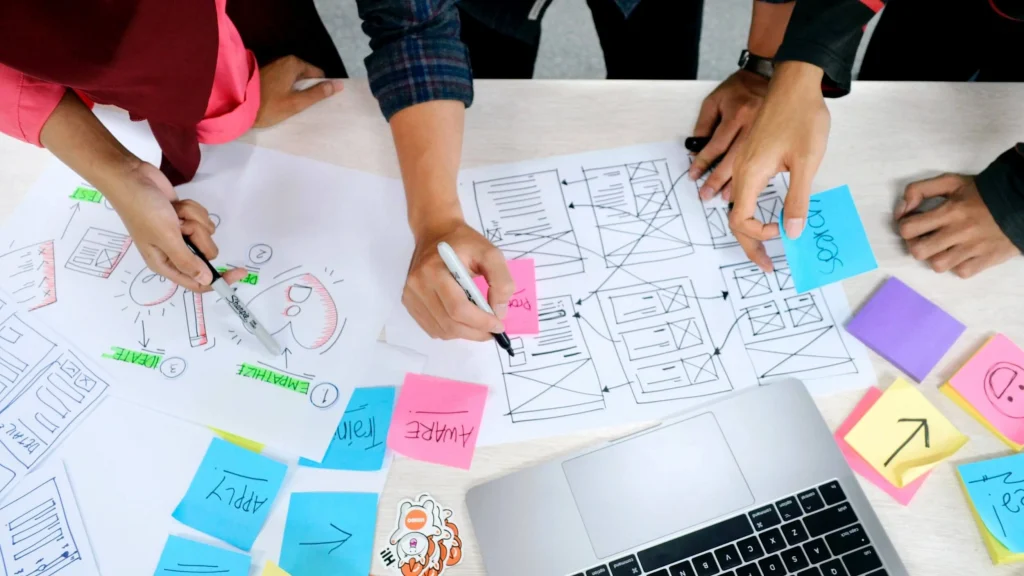
Since it builds on design principles, business design is, by definition, “human-centered“. This means it constantly takes the human perspective into account, at every single stage of the problem-solving process. A process that may address problems of all kinds, including social ones.
So, business design practices become fundamental for social enterprises seeking financial sustainability while tackling complex social problems. By empathizing with people, digging into their needs and behaviors, business designers could indeed help social enterprises (or socially-oriented projects) prototype, test and deliver sustainable business models.
Eventually, this could pave the way to brand applications of business design, strictly related to social entrepreneurship and social business modeling.
Challenges in Business Design
As captivating as the world of business design may seem, it’s not devoid of challenges. Some of the potential pitfalls are:
- Unpredictable Outcomes – By its nature, business design involves experimentation, which comes with unpredictability. Designers might set out on a course with a specific outcome in mind only to realize that real-world results differ significantly.
- Risk Management – With ambiguity comes risk. The challenge lies in assessing and managing it without stifling innovation. Business designers must weigh potential pitfalls against rewards. They craft strategies to minimize exposure while maximizing opportunity.
- Pragmatic Vision – Another challenge is in keeping the vision intact while making necessary adjustments. It’s about preserving the essence of a creative idea while molding it to fit real-world constraints.
- Managing Stakeholder Expectations – In any organization, stakeholders range from top-level executives to team members on the ground. Each of them has particular expectations, goals, and reservations. Navigating this diverse landscape is also challenging.
- Effective Communication – It’s not enough to have a great idea. Effectively communicating its value is also crucial. Business designers must be adept at presenting their strategies in a resonating manner. It includes highlighting the creative and business merits.
- Agility – Success in business design requires expertise and the agility to adapt. The vision to see beyond immediate obstacles and the tenacity to bring diverse stakeholders are also vital.
How Mission Sustainability uses Business Design to help you build a better business
Mission Sustainability’s Ketul Patel and Shreyas Chaudhary had a very simple start with city cleanup drives in schools and scaling a few social initiatives. Today, they have a team made up of sustainability believers who aim to use their expertise for solving problems and scaling solutions that create a positive impact on people and nature. They are on a mission to empower sustainable initiatives to make more impact with their expertise, network, & resources. They work with individual initiatives, startups, and NGOs dedicated to forging a sustainable future with better design, marketing, technology & operations. To find out more about them, click here.
Conclusion
Business design is a powerful approach that combines design thinking, strategy, and analysis to create innovative solutions to business challenges. By focusing on customer needs, experimenting with new ideas, and aligning business goals with market opportunities, organizations can develop sustainable competitive advantages and drive long-term success. As the business landscape continues to evolve, the importance of business design will only continue to grow, making it an essential skill for professionals across various industries.
References:
- https://www.boardofinnovation.com/what-is-business-design/
- https://www.ideou.com/blogs/inspiration/how-to-build-a-better-business-through-design
- https://d.mba/guides/what-is-business-design-guide
- https://socialbusinessdesign.org/what-is-business-design/
- https://ideaape.com/business/design
- https://www.indeed.com/career-advice/finding-a-job/what-is-business-designer
- https://arounda.agency/blog/what-is-business-design-and-what-does-a-business-designer-do
- https://edisonda.com/knowledge/business-design-value-to-the-organisation/
Related articles


Transforming coconut shells into everyday essentials: discover Crazy coconut
